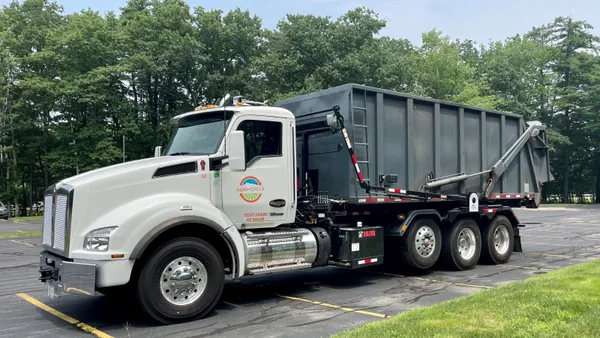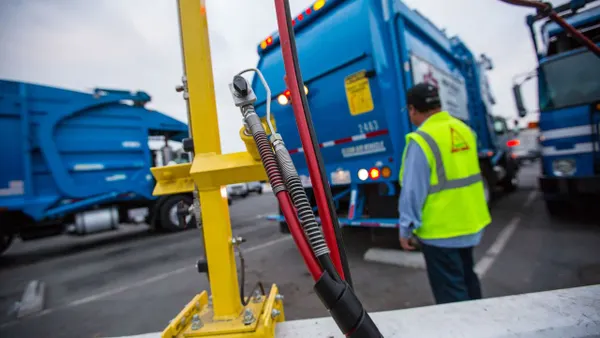Dive Brief:
- Applying sensor technology to increase traceability in the food supply chain could reduce food waste by between 5% and 7%, according to a new report from the World Economic Forum (WEF).
- According to WEF, 35% of fruits and vegetables are lost or wasted in post-harvest, processing or distribution in Sub-Saharan Africa. That number goes down to 15% in Europe.
- Enhanced food supply chain traceability will make it easier to identify where losses are occurring in order to more quickly address the issues. "Once the primary causes of food loss and waste have been identified ... the appropriate stakeholder can better address the problem," noted the report.
Dive Insight:
An inefficient supply chain is one of the primary causes of food waste. Almost one-third of global food production ends up wasted, according to WEF; these losses then lead to added procurement and distribution costs, forcing both businesses and consumers to spend more on products.
Food loss can be the result of a number of circumstances, from farm-level inefficiencies to a lack of space on the cold chain. Greater implementation of IoT technologies could provide the helping hand the food supply chain needs, illuminating a digital trail of the products' journey.
The report provided five estimates for how different technologies could decrease food loss:
| Technology | Purpose | % reduction in food waste or loss |
|---|---|---|
| Food-sensing technologies | Improve food safety, quality, traceability | 5%-7% |
| Blockchain | Enhance traceability | 1%-2% |
| Internet of Things | Add real-time transparency and traceability | 1%-4% |
| Mobile service delivery | Reduce food loss | 2%-5% |
| Microbiome technologies | Enhance crop resilience and reduce rood loss | 1%-2% |
"In addition to cost-saving opportunities," the report reads, "these efficiency improvements also make it possible to increase the rate at which food moves through the supply chain, reducing spoilage costs and thereby creating incremental improvements to our supply chain’s ability to meet rising future food demand and improve sustainability."
A report by the Food and Agriculture Organization of the United Nations similarly argued that greater technology implementation along the supply chain could help reduce loss and waste. However, long-term strategies should differ depending on where the problem is being addressed.
"In low-income countries, solutions should first and foremost take a producer’s perspective, e.g. by improving harvest techniques, farmer education, storage facilities and cooling chains," said FAO. "In industrialized countries on the other hand, solutions at the producer and industrial levels would only be marginal if consumer education and appropriate stock management at retail level is not in place."











